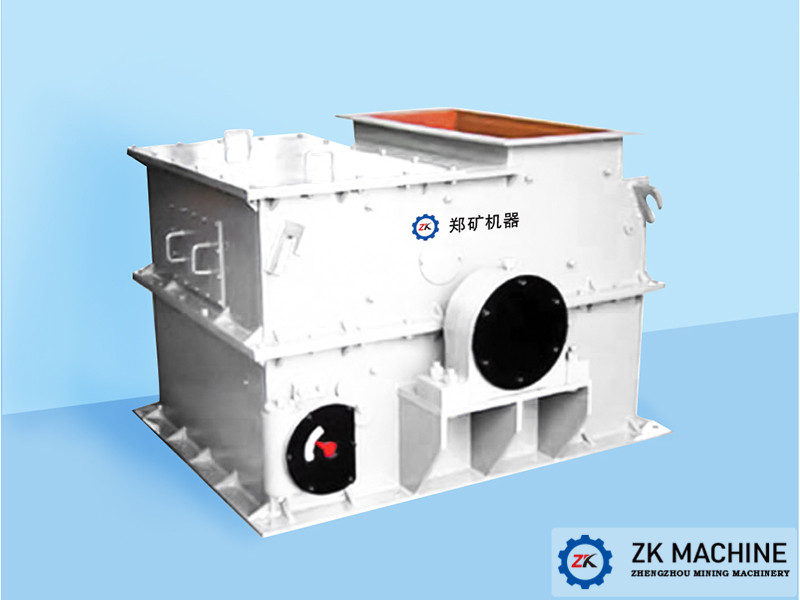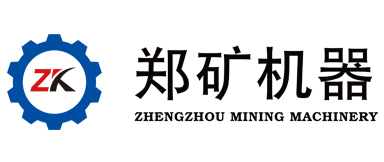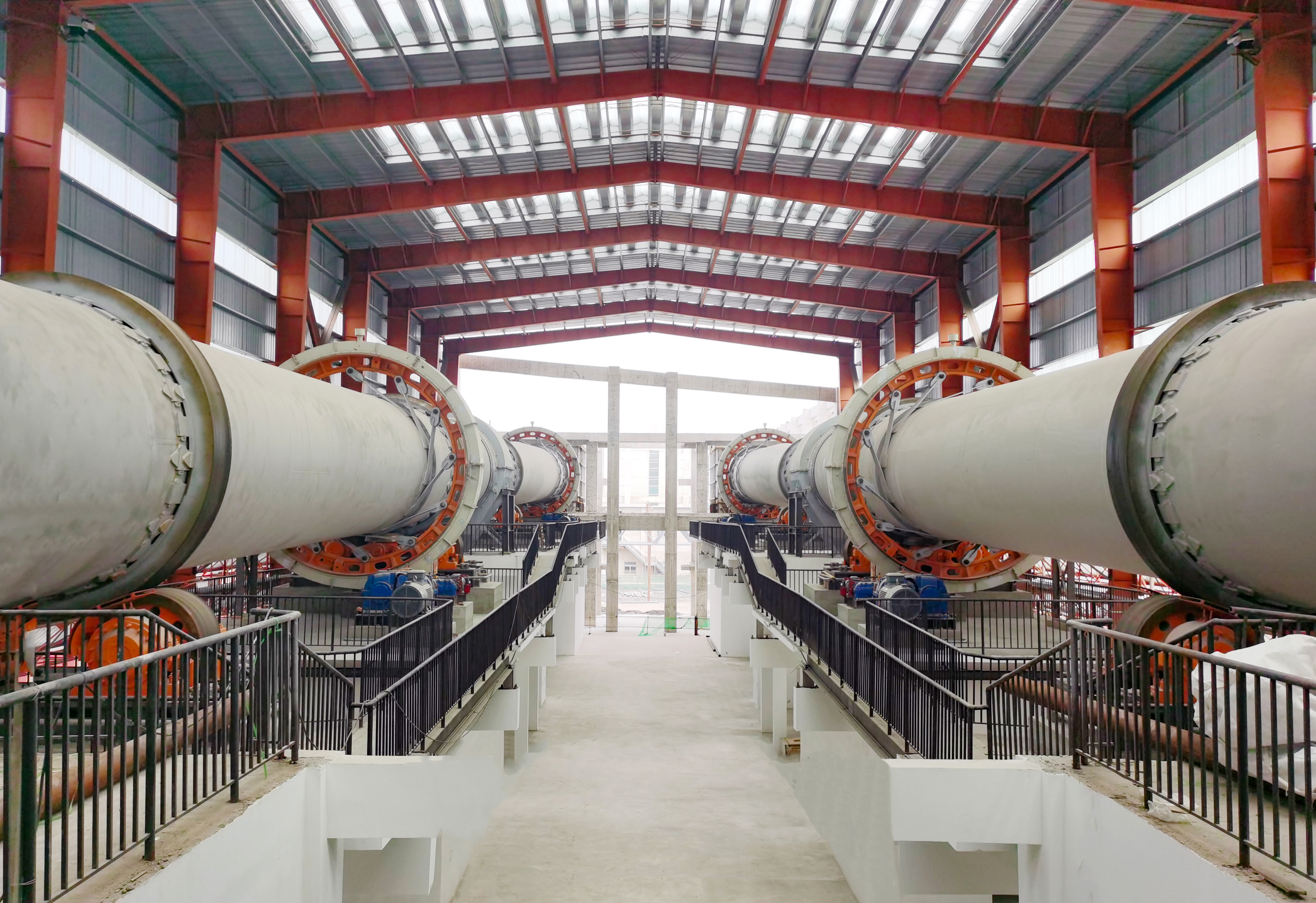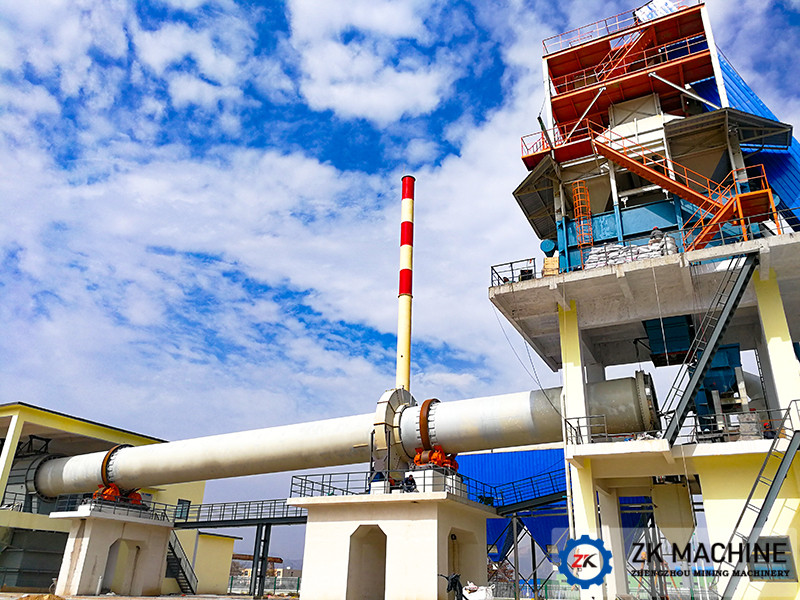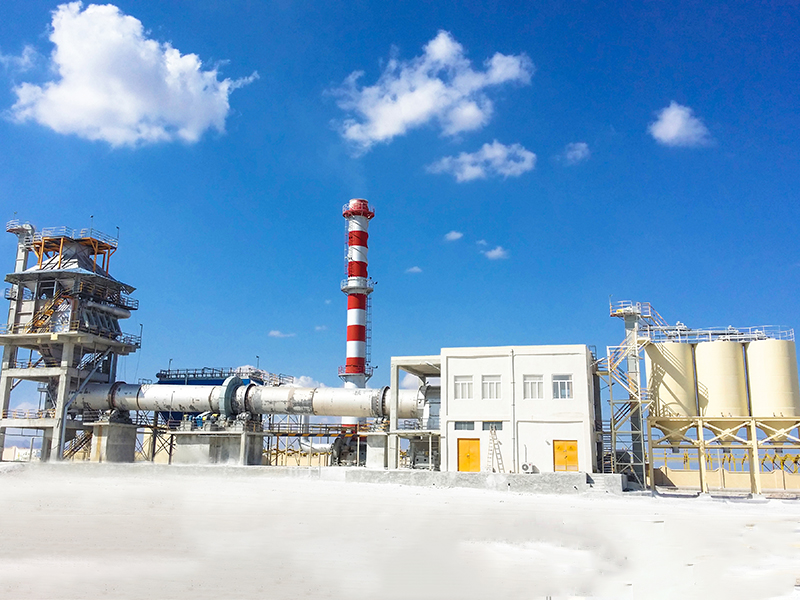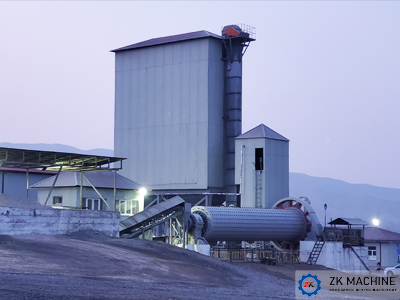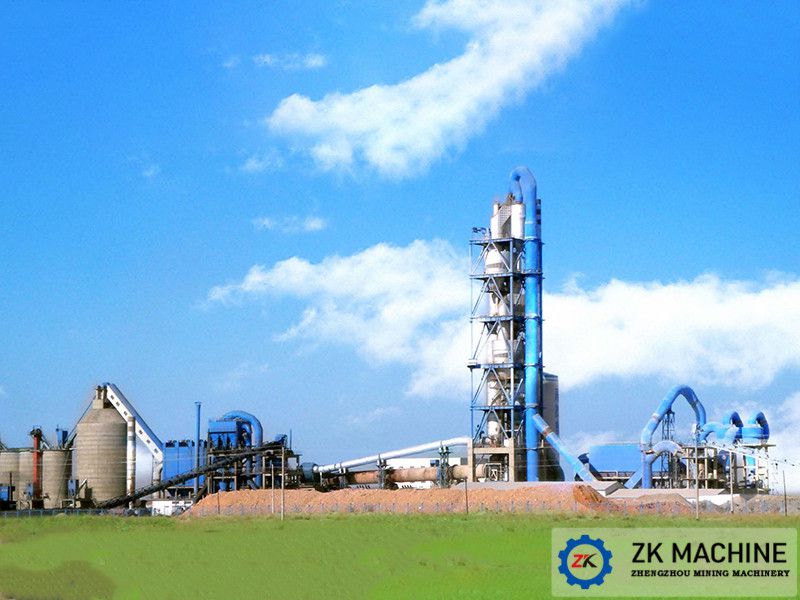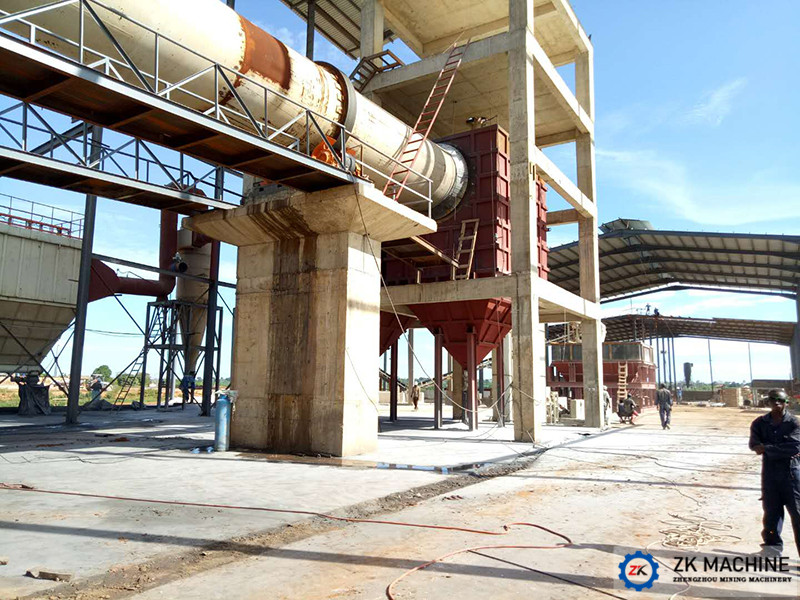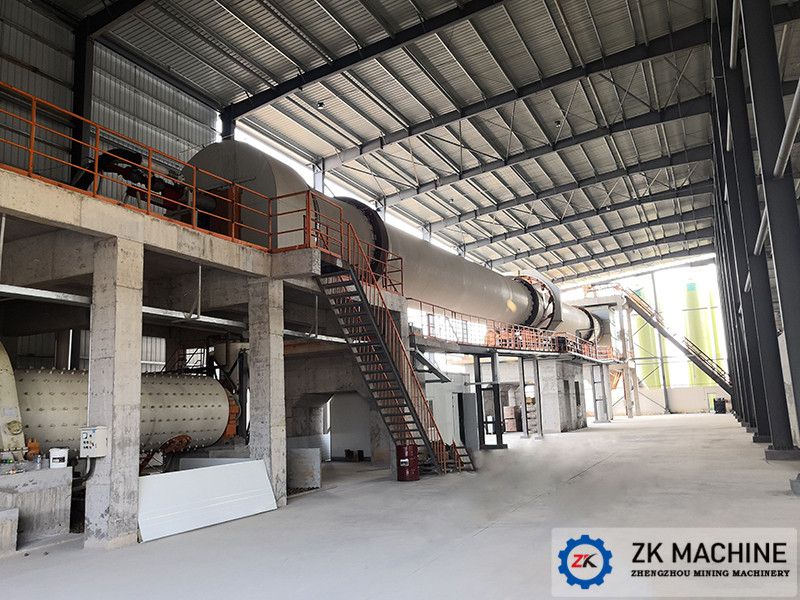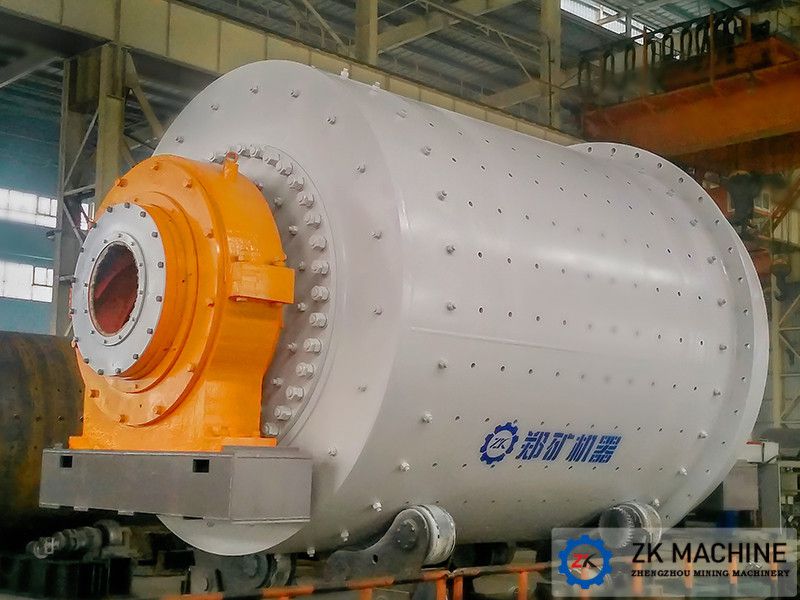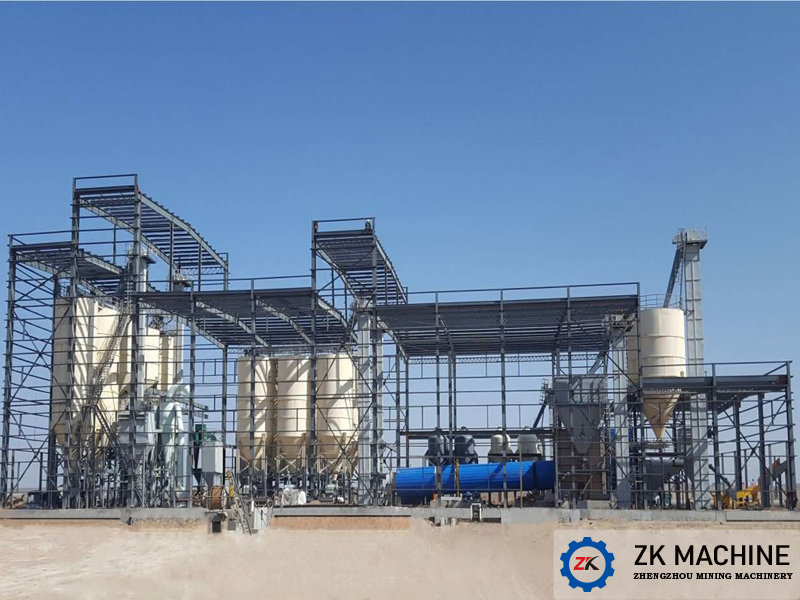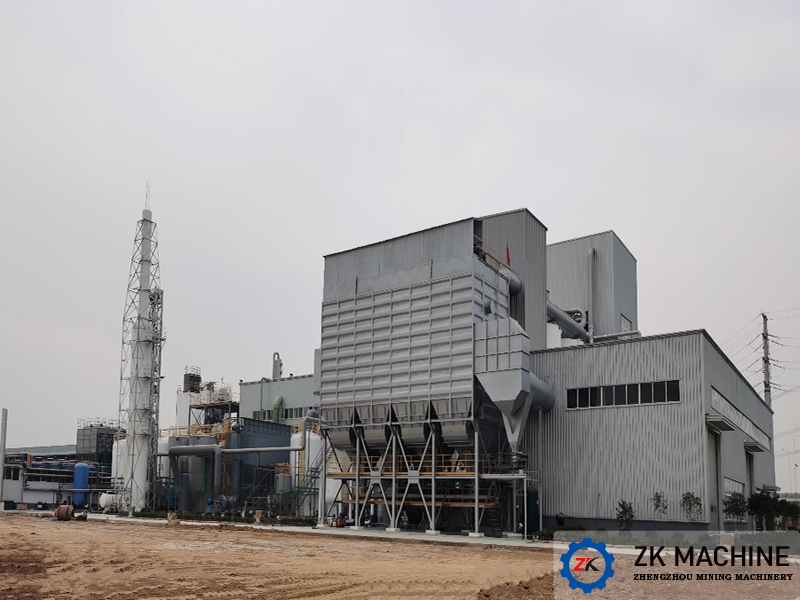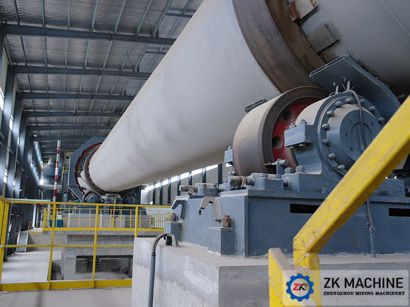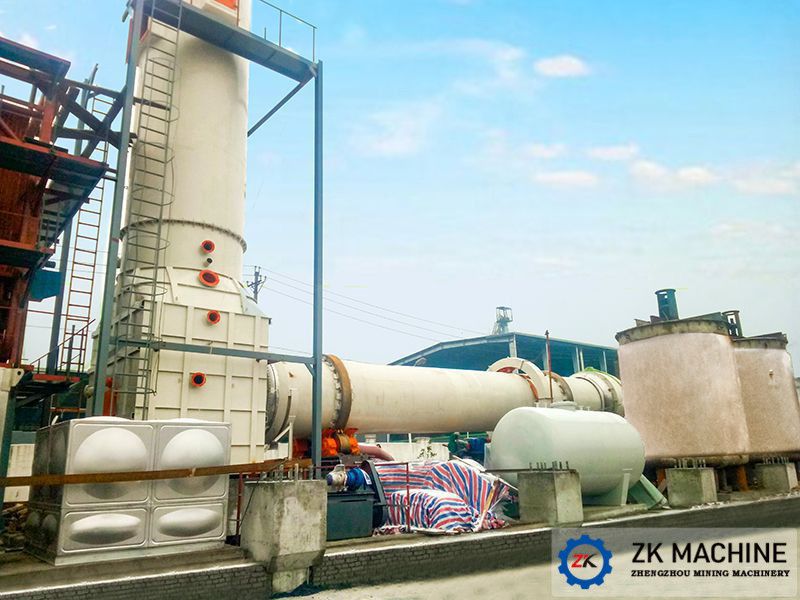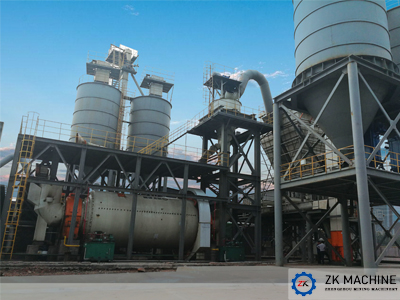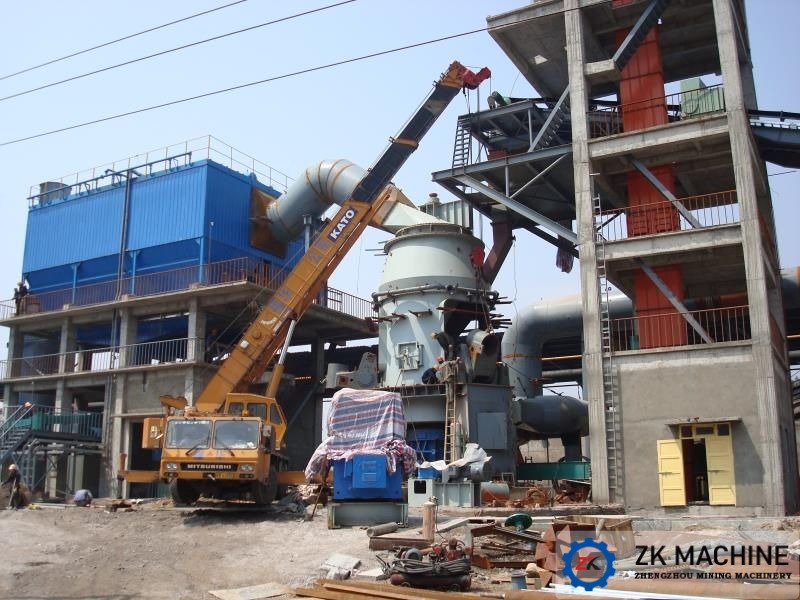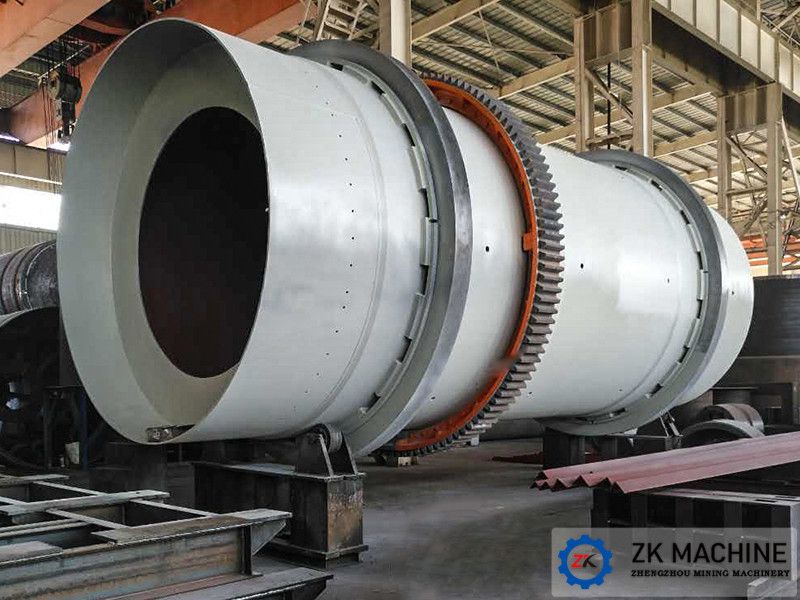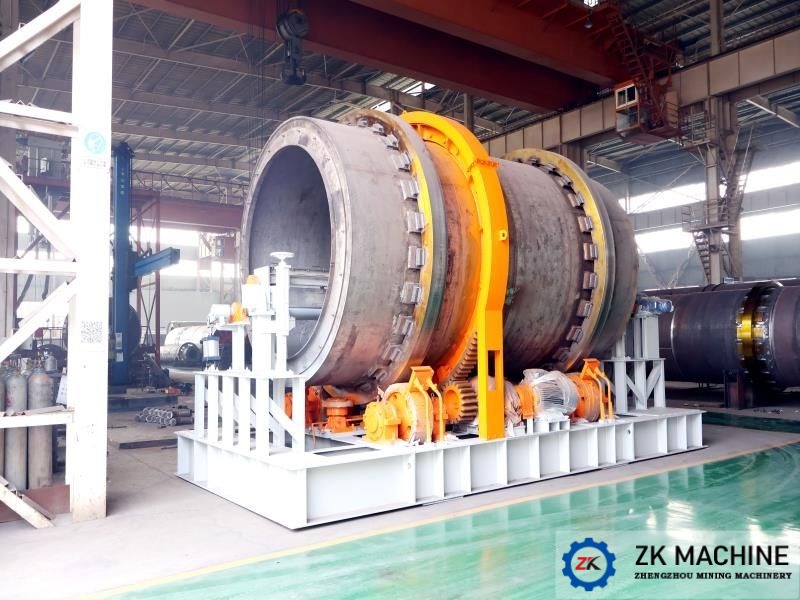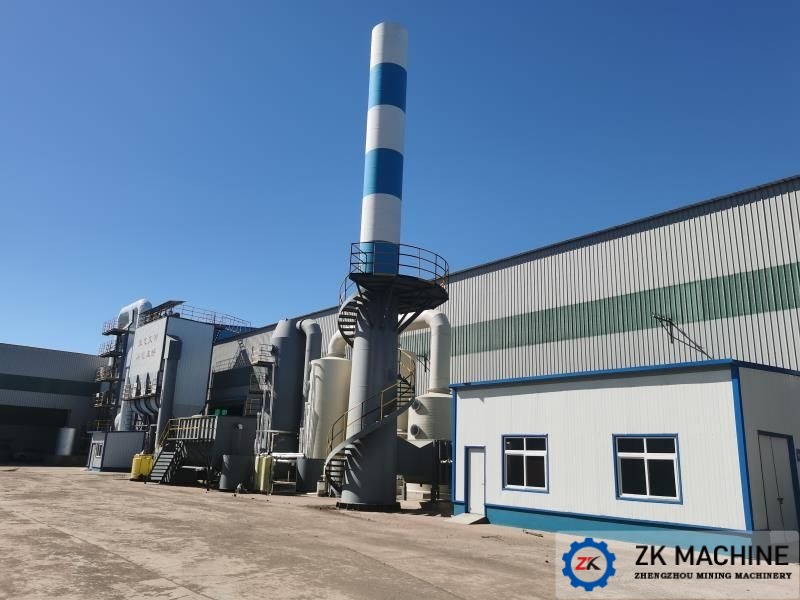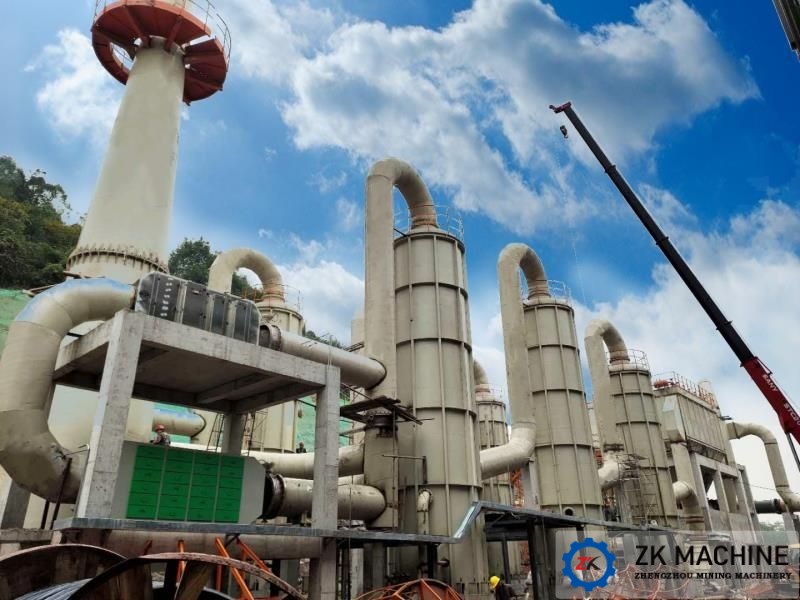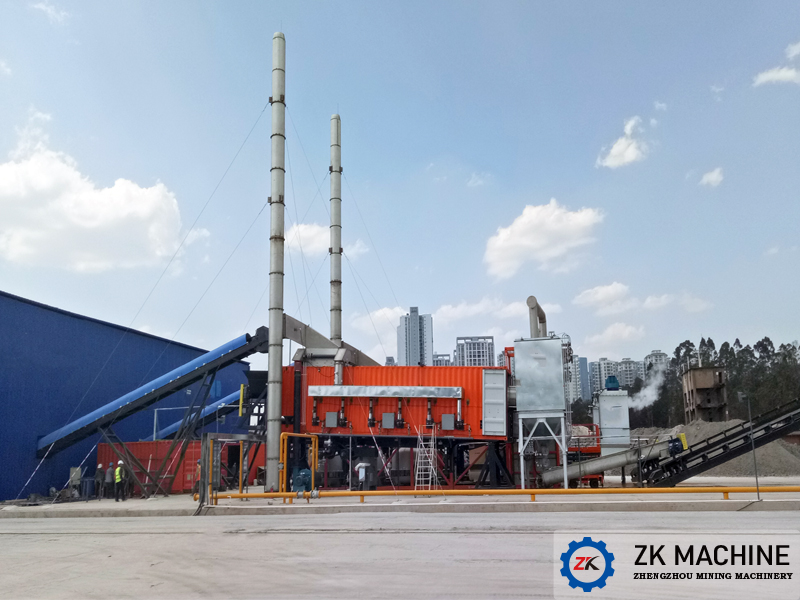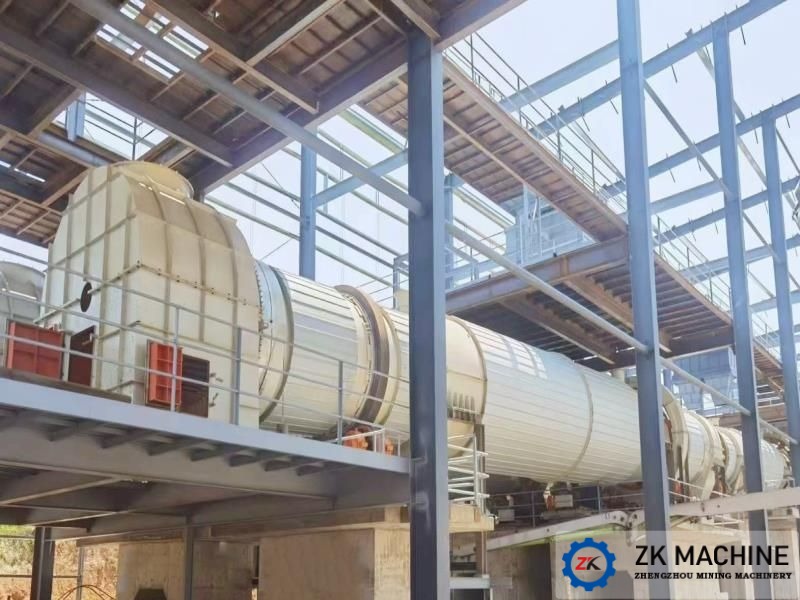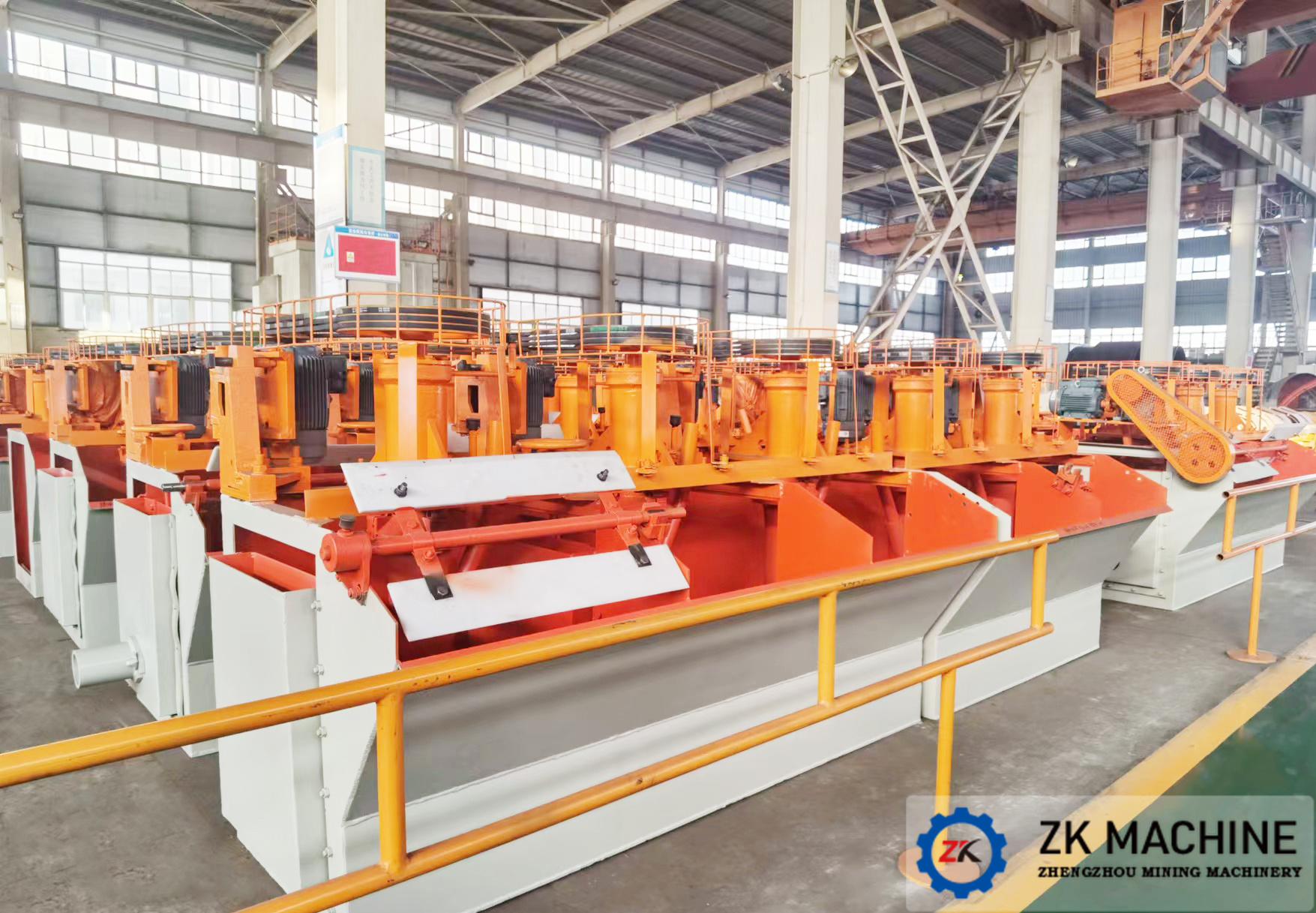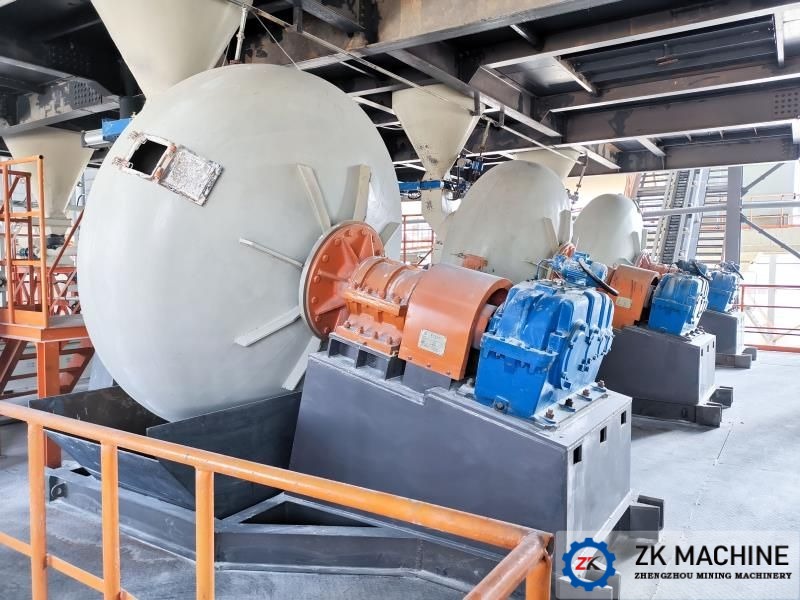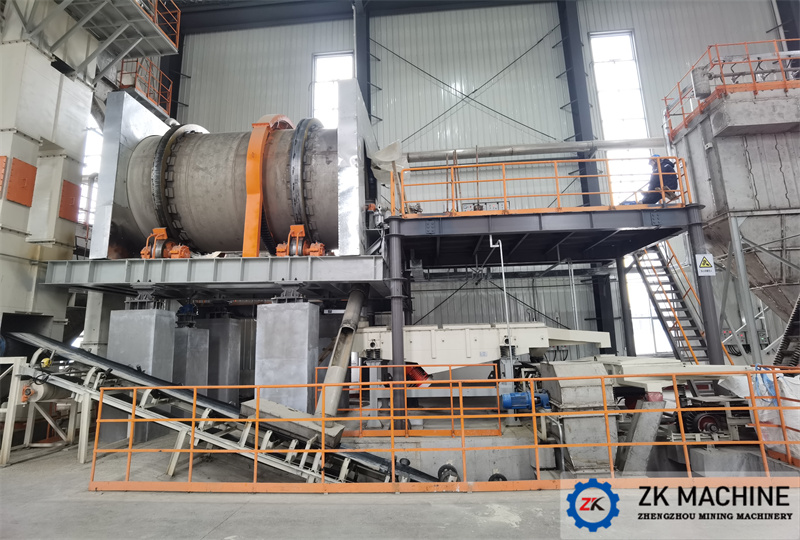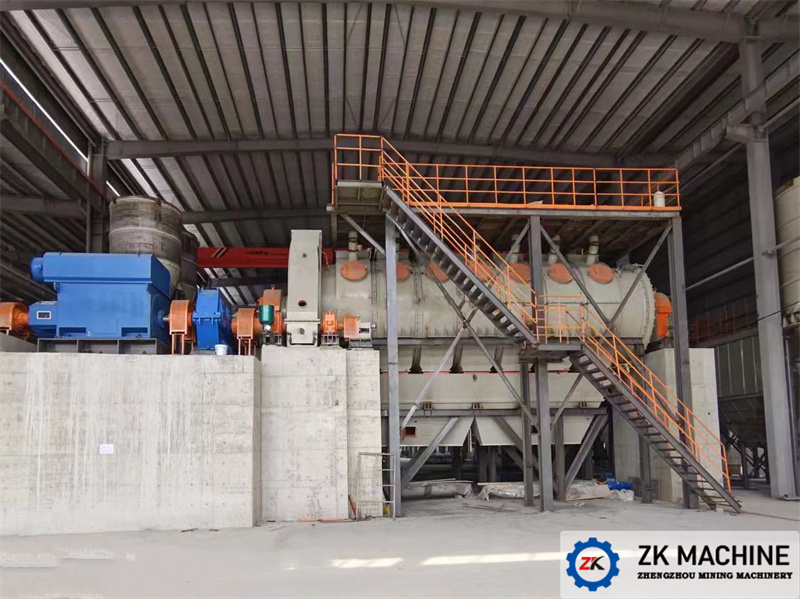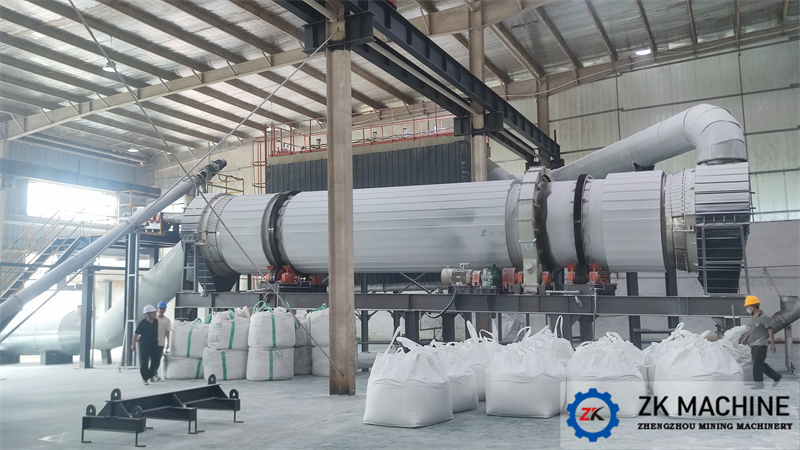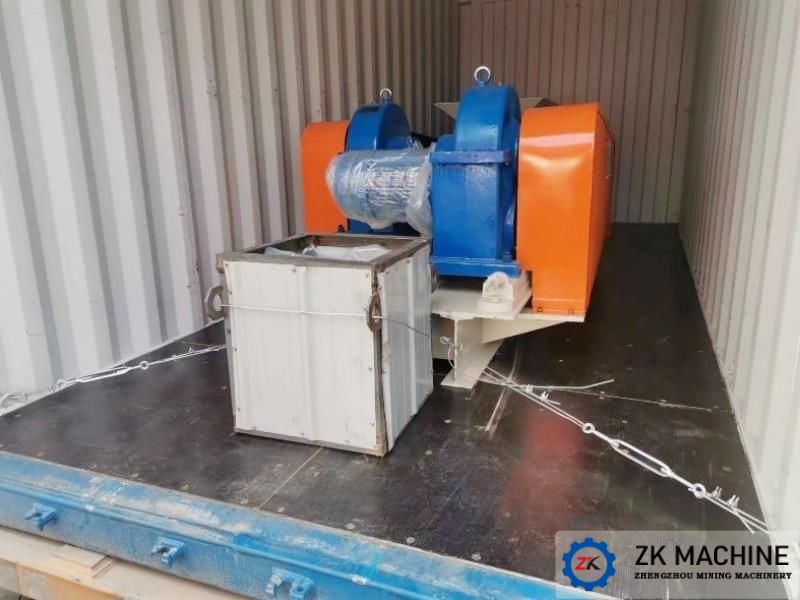Advantages and Disadvantages of Hammer Crusher and Ring Hammer Crusher
Hammer Crusher and Ring Hammer Crushers are common machines when we crush materials. The purpose is to crush materials, but there is a question. Are these two machines the same? Why are these differences? In order to make everyone understand, please see the following detailed explanations about the principle of Hammer Crusher and Ring Hammer Crusher and their respective advantage and disadvantage.
The hammer crusher is a plate hammer with an integrated hammer and handle, while the ring hammer crusher is a ring-shaped hollow hammer, which is driven by the main shaft to rotate at high speed to impact the material, and then the material is crushed.
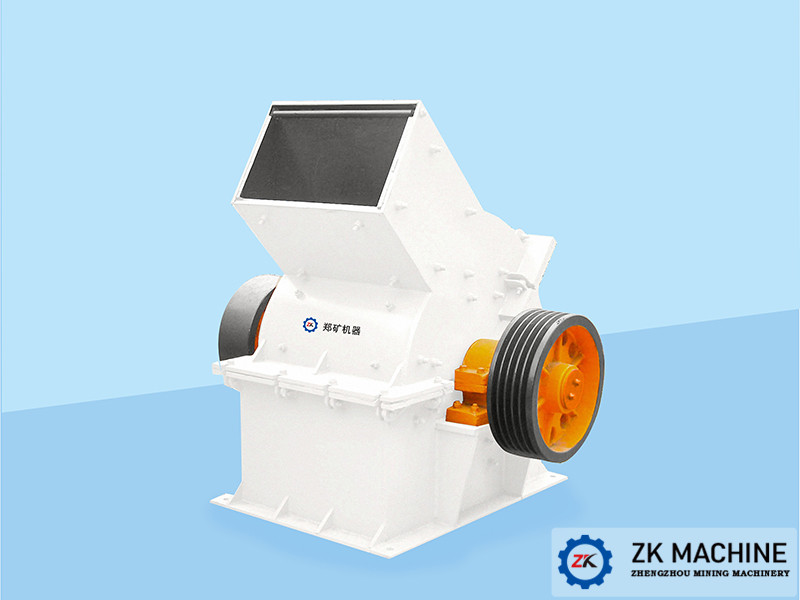
Advantages of the hammer crusher:
Generally 10-25 crushing ratio, up to 50 crushing ratio, high production capacity, uniform products, and less excessive phenomena.
Disadvantages of the hammer crusher:
The hammer head and the screen plate wear fast, the rotor maintenance and balance time are long, it is not suitable for crushing hard materials, and the wear is faster; when crushing viscous materials, it is easy to block the screen gap of the grate bar, which is easy to cause stuffiness The water content of the machine and materials should not exceed 10%; when crushing hard materials, the hammer head and liner will wear out and consume a lot of metal materials. When replacing wearable parts, the maintenance time is longer. When crushing sticky and wet materials, The sieve plate is easy to be clogged, resulting in a decrease in production capacity.
Advantages of the ring hammer crusher:
It is suitable for crushing various medium-hard and weakly abrasive materials, and the water content is less than 15% and the compressive strength does not exceed 100MPa; when the working surface of the hammer head is ground into a circular arc, the surface is affected The force has changed. The force F acting on the wear surface can be decomposed into two component forces, one is the normal force of the hammer straight to the hammer surface, Fn=Fsina, and the other is the tangential direction parallel to the hammer surface and Ft=Fcons. , The former produces an impact on the hammer head, and the latter causes cutting and scouring on the hammer surface. The size of the two depends on the value of the impact angle a. In the early stage of hammer head work, the impact angle a=90° and the tangential force Ft is zero. At this time, it is mainly manifested as impact wear; when the hammer head wears, the impact angle a becomes smaller, and the tangential force Ft decreases with the impact angle a. Small and large, at this time, it is mainly manifested as erosion and wear, which causes metal to migrate from the hammer surface.
Disadvantages of the ring hammer crusher:
the crushing ratio is not large, and the hammer loss is large.
